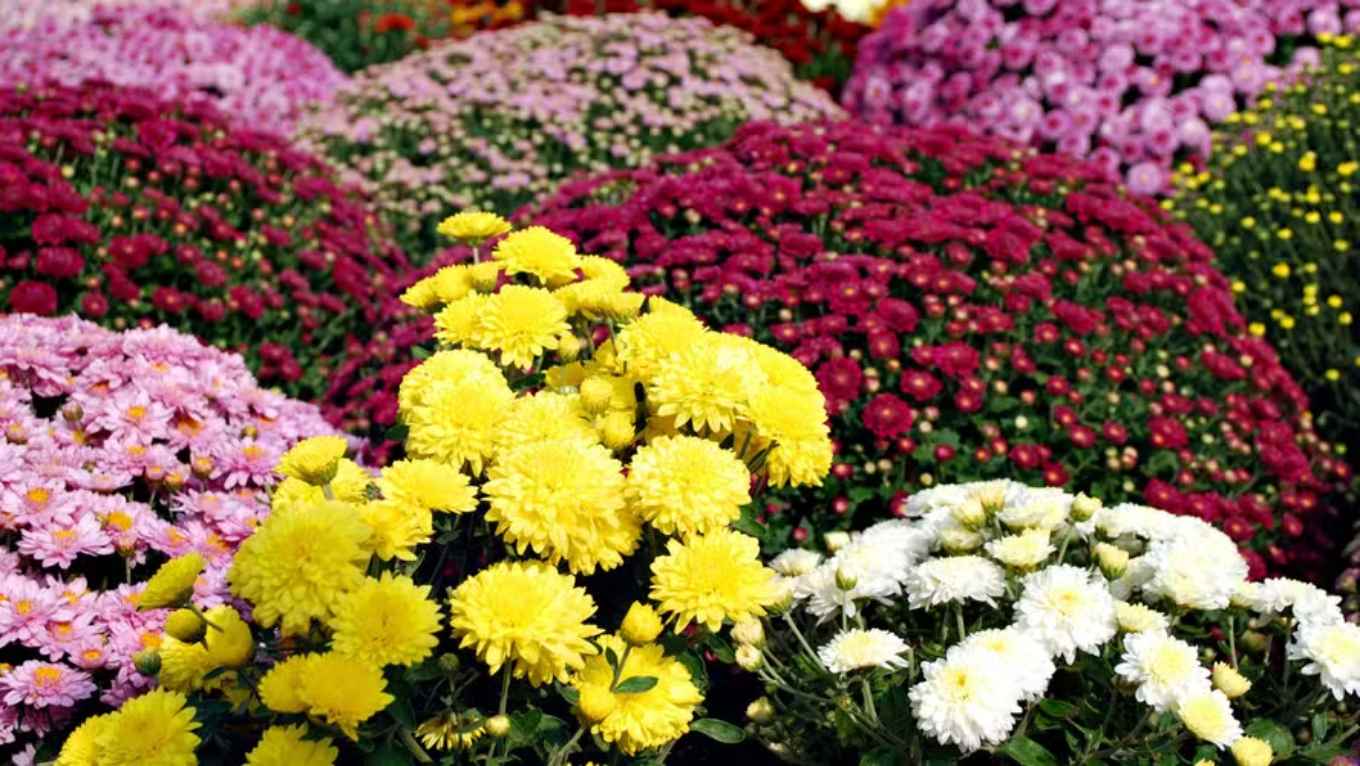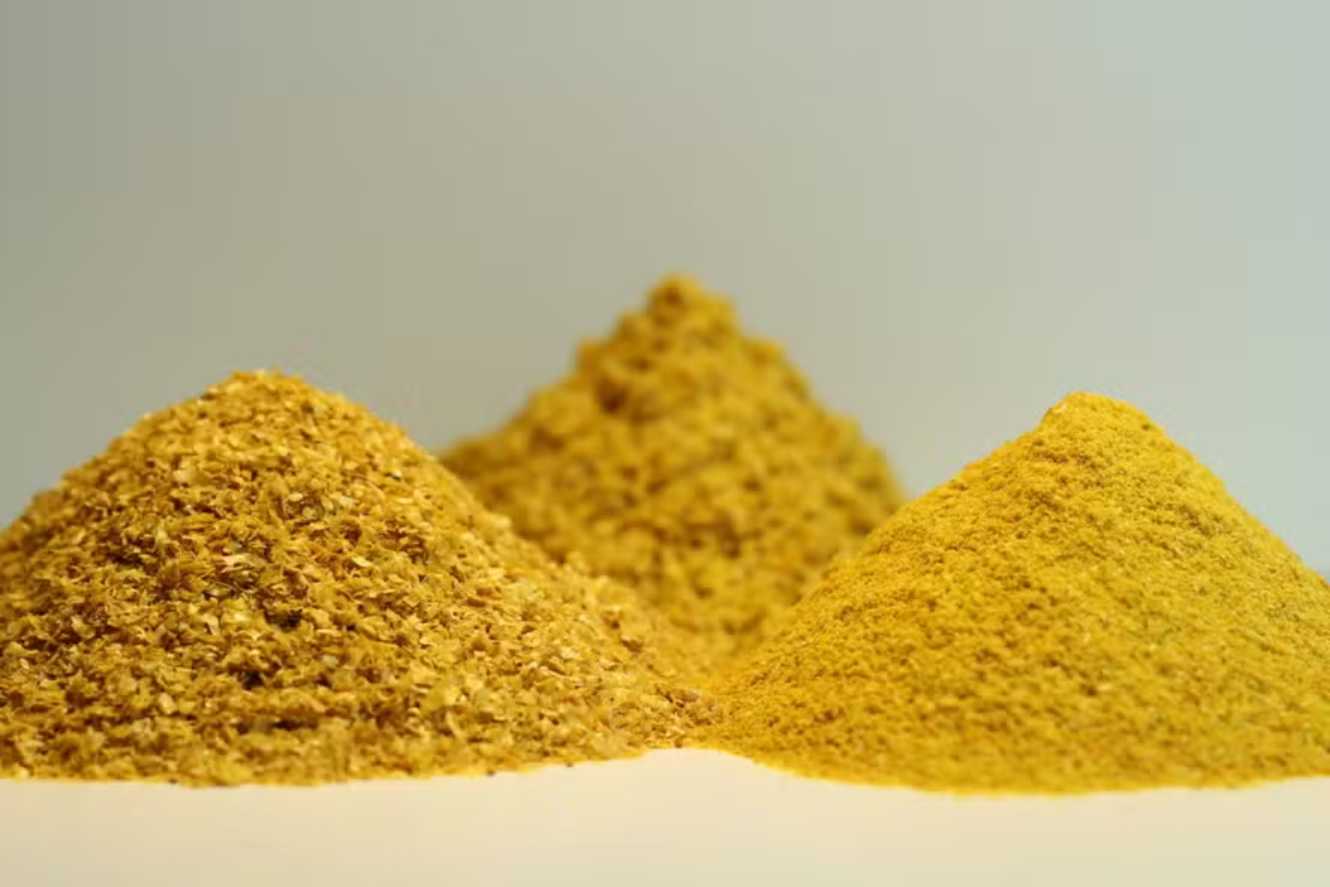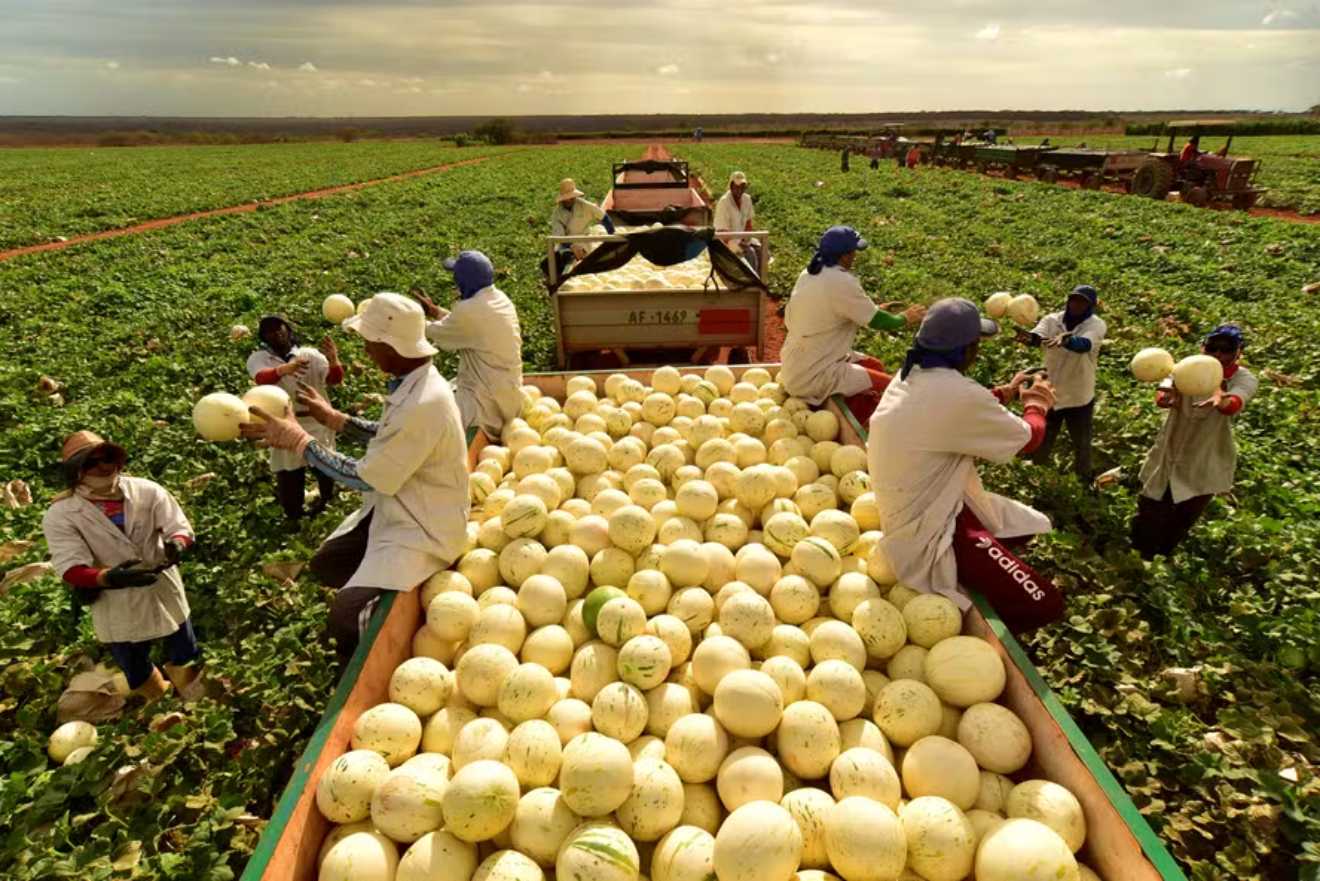Ancient tradition began in Japan and later spread to Brazil.
Originating from Asia and available in various colors, the chrysanthemum is the most sought-after flower on the Day of the Dead by those wishing to honor friends and family who have passed away.
The ancient tradition of choosing it to adorn graves was popularized by the Japanese after World War II and is followed by many cultures.
“For them, the chrysanthemum is a symbol of death and respect. In Japan, there is even Chrysanthemum Day on September 9. The flower symbolizes the emperor and is taken to cemeteries for its significance. In Europe, the flower doesn’t carry as strong a symbolism but is still respected,” explains Cristiely Santos, a mentor and florist with over 20 years of experience.
The expert adds that, in addition to the wide variety of colors that express emotions, this custom was adopted by Brazilians due to the chrysanthemum’s resilience and durability in graves. “The chrysanthemum can maintain its beauty for a longer period, even under external conditions.”
How to Plant Chrysanthemums?
Planting is easy, as are the care requirements, says Maritha Domhof, a chrysanthemum producer in Holambra (SP). In just three months, a seedling transforms into an adult plant and blooms for the first time, allowing for harvesting.
To plant, simply cut a piece of the stem from the mother plant and place it in a pot, planter, or directly in the garden. It will form roots and develop.
“The chrysanthemum thrives in almost any soil, but the best results come from soil with a higher amount of compost. Another option is to grow them in greenhouses, where the flowers are more uniform and larger than others,” she states.
If the grower doesn’t have chrysanthemums for planting, they can visit a nursery to acquire quality seedlings.
What are the Main Care Requirements?
Adapted to Brazil’s climate, chrysanthemums can bloom year-round and require daily watering. However, it’s crucial to monitor the roots; they must not remain waterlogged, as this could kill the plant.
Regarding lighting, Maritha suggests keeping them near light but without direct sunlight. The ideal temperature is between 18°C and 25°C (64°F to 77°F).
Does the Chrysanthemum Need Fertilizer?
It depends. If planted directly in garden soil, fertilization is not necessary. However, for potted chrysanthemums, the recommended fertilizer is NPK 10-10-10, which consists of nitrogen (N), phosphorus (P), and potassium (K).
What Colors Do Chrysanthemums Come In?
In addition to white, which is one of the most well-known and sold colors, chrysanthemums also bloom in yellow, burgundy, purple, green, orange, salmon, red, and pink (both light and dark), as well as variegated with white and pink.
The blooming period is considered long after harvesting—about two weeks—and can be extended with proper care.
One interesting fact about the plant is that it is a short-day flower, meaning it blooms when the period of sunlight is shorter. For harvesting, the tip is to cut close to the ground and bundle the stems into bunches or bouquets. They become voluminous, eye-catching, and attractive.
What to Do When the Chrysanthemum’s Blooming Ends?
Florist Cristiely Santos explains that to keep the plant at home, simply cut off the dead flowers and replant in the ground or another pot. The seedling, with its roots already present, will grow even faster.
The Day of the Dead
Chrysanthemums led sales during the religious holiday in 2023, according to the São Paulo Company of Warehouses and General Stores (Ceagesp). Among consumers looking for flowers, 13.1% chose this Asian species. Succulents, with 12.1%, and Kalanchoes, with 9.5%, completed the list of the most sought-after plants.





